Meet a Monitor: Bryon Bodt
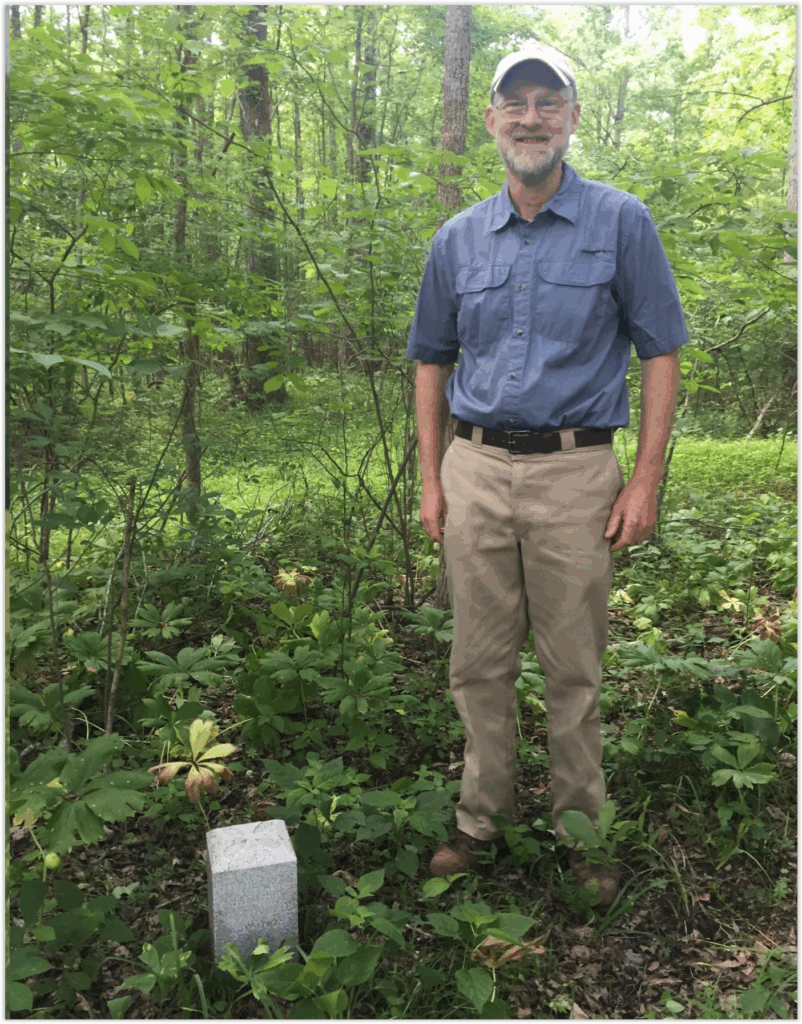
If you know much state trivia about Maryland, you know that Maryland is known for its blue crabs and oysters, is the home to the U.S. Naval Academy, and is the birthplace of the national anthem. It is a state that has very diverse landscapes and much of its rich history and economy is tied to the Chesapeake Bay. As such, it should be no surprise that Maryland is also famously known for waterfowl hunting and duck decoys. In fact, Havre de Grace, Maryland is known as the “Decoy Capital of the World”, with the Havre de Grace Decoy Museum showcasing the region’s rich history of decoy-making and waterfowl hunting.
The monitor we are showcasing this month is someone who has been monitoring water quality with the Izaak Walton League of America (IWLA) for many years in the Chesapeake Bay region and has even created a business keeping up the rich tradition of making beautiful decoys.
Early Influences
A Maryland native, Bryon Bodt has lived in Harford County, Maryland his whole life. In fact, his family has lived in the area since the 1850’s. Growing up, he spent a lot of time in nature – hunting, crabbing, cutting firewood and more. Bodt recounts that one of his grandmothers was a conservationist in her own right before Rachel Carson and before there were really conservation movements in the country.
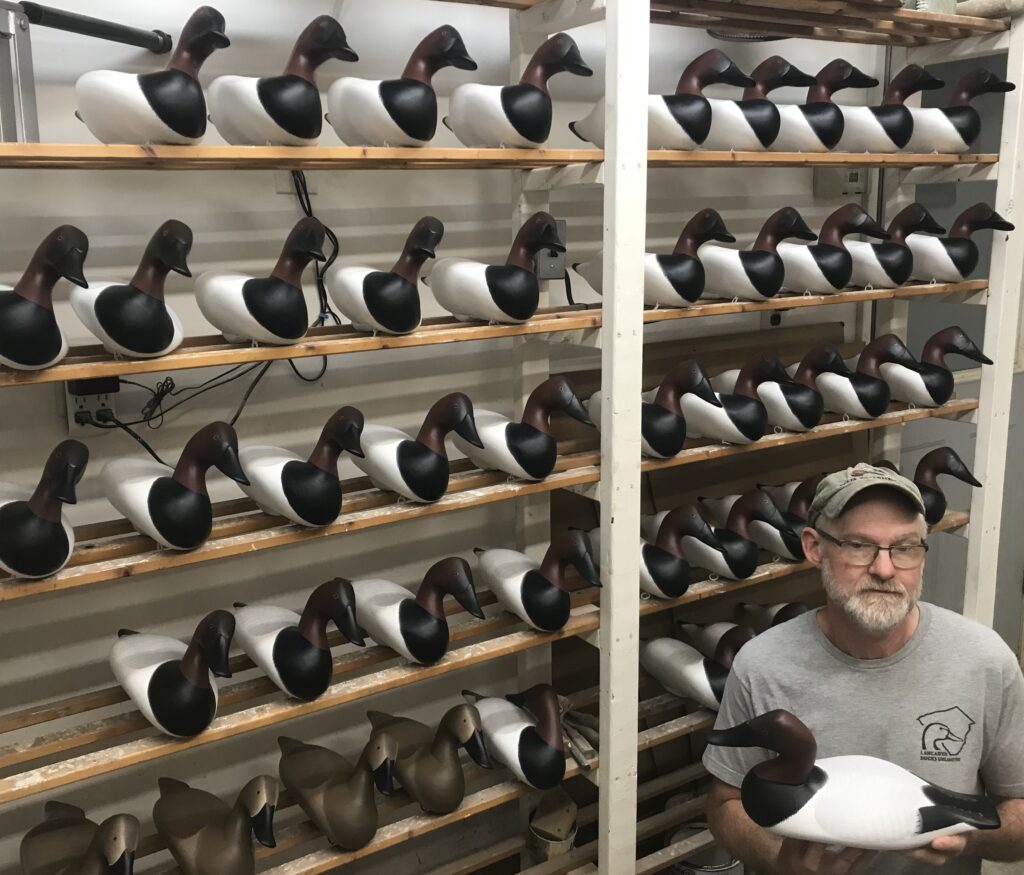
Another early influence, Bodt’s father hunted and collected antique decoys. Bodt recounts going to decoy shows when he was 4 or 5 years old. When he was 13 years old, his father bought some decoy heads that were not yet carved. One of those heads was the first decoy head Bryon carved. He still owns the first two duck decoy heads he ever carved. Since he has been honing his craft for so long, he notes that when he first started carving, a decoy head would take two or three days to carve. Now, “I can probably make one in 10 minutes or 15 minutes.”
Even through his college career on the Eastern Shore of Maryland at Washington College, he kept in touch with the outdoors, often whittling duck heads, which earned him the nickname “Duck Head.” He eventually began an apprenticeship with a decoy maker and hasn’t looked back. For almost 40 years, Bryon has made his career as a decoy maker with Bodt Decoys. “You don’t make much money as an artist, but it gives you a little bit of freedom sometimes, sometimes not. And it gives you the ability to be able to express yourself, in some ways.”
Bodt still hunts and fishes, but not as often as he once did. He is deeply involved in his community. He joined the Harford County Chapter of the Izaak Walton League of America after learning about some of the conservation opportunities the chapter provided. He serves and has served for a long time as the liaison between the Harford County Chapter and the Anita C. Leight Estuary Center.
Community Connections
Bodt works to connect the community to nature through attending festivals. He attends some festivals with his decoys on display to show families (and children in particular) some of the cool creatures that live in and around the waterways. Bodt notes that teaching children to care about nature will hopefully get their parents to care too.
To make more of these nature connections, a few years ago the Harford County Chapter helped to sponsor the Boys and Girls Club. Many of the kids had never been out on the water, had never been in a canoe before, and got to be on the water and see an eagle for the first time. “But these kids are like, whoa, you know, it’s right in my neighborhood and I never knew it was here.” For any animal or creature discovered during experiences like this, Bodt states, “If they see it, they’ll care about it. If they don’t, then they don’t care.”
Although much of Harford County is becoming more urban, there are places like the Bosley Conservancy, which Bodt describes as a “doughnut hole in the middle of all this, almost urban [area]. And it’s just amazing what you can see. People don’t understand, 200 yards from their house, there’s otters swimming and beavers and all this other cool stuff sometimes.”
Read more about the Bosely Conservancy…
The Bosely Conservancy is owned by the Harford County Chapter of the IWLA, and it is across the water from the Anita C. Leight Estuary Center. The Bosely Conservancy is around 400 acres of contiguous property that is protected forever. It is also a place for research. Going back about 15 years or so, there has been research on SAV (submerged aquatic vegetation) and emergent vegetation, a juvenile fish survey has been ongoing since 2006, invasive clams are being currently researched by an intern, and about five years ago, the University of Delaware installed a Motus tower (which tracks animals that have been radio tagged). The Motus tower is one of many towers in Delaware, New Jersey, and Maryland tracking tagged Purple Martin movements through a study done by the University of Delaware. The chapter has also added kestrel and wood duck boxes throughout the property.
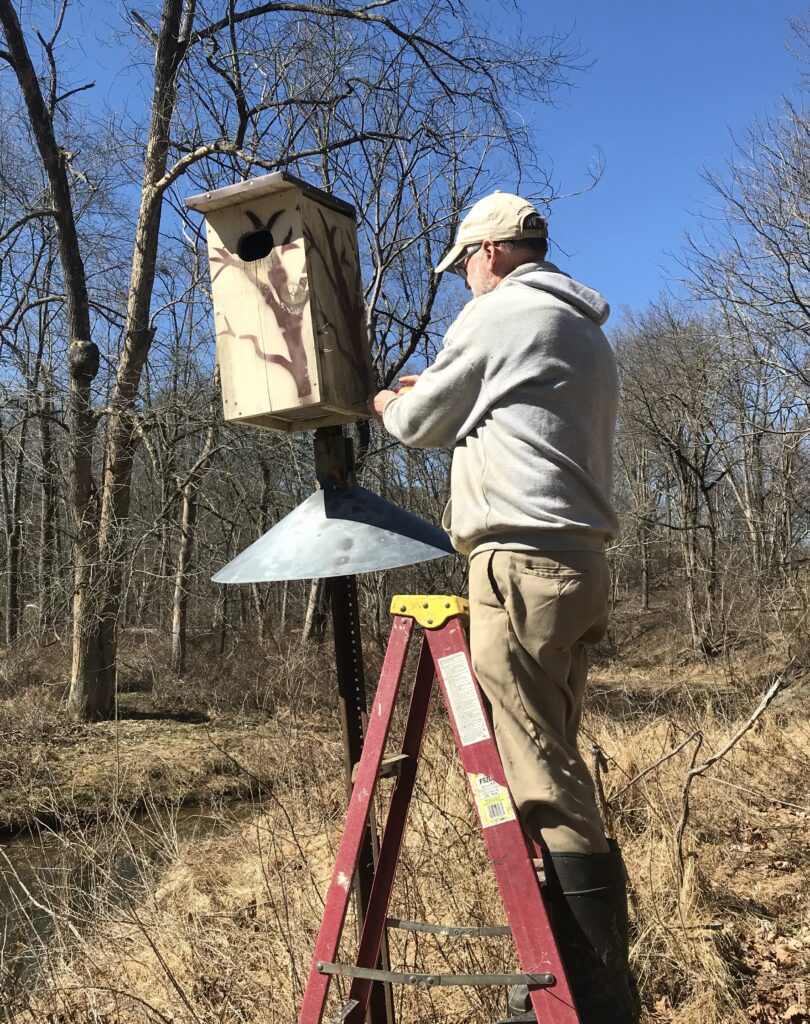
Getting “Reeled in” to Water Monitoring
The water between the Anita C. Leight Estuary Center and the Bosley Conservancy is unique to the state because it is the confluence where freshwater from the Susquehanna River meets the more saline water of the Chesapeake Bay. Partially because of the unique study area they had in front of them, Bryon said that he got “reeled in” to water monitoring, wanting to see how freshwater is impacting tidal water. Around the same time, he received training through Save Our Streams (SOS), a program through the Izaak Walton League of America that monitors for benthic macroinvertebrates in freshwater waterways. Bodt and others at the Harford County Chapter of the IWLA and the Anita C. Leight Estuary Center then started to figure out how to create programming around SOS, Salt Watch, and Nitrate Watch.

Unfortunately, there hasn’t been much benthic macroinvertebrate monitoring for the past several years due to a multitude of factors. However, having the ability to quickly grab water samples and test using Salt Watch and Nitrate Watch is something that is more achievable.
“We only have one earth. And what’s the percentage that’s salt water that we can’t drink? There’s only a limited amount, but also all whatever animals and plants and stuff have to have fresh water.” This is why people should care about water quality.
Bodt credits his science background with the drive to keep monitoring. He states “You can say all you want to say, but data speaks more than words. [The data] is a way to tell the story visually.” Bodt sees collecting data from the local waterways as a way to protect them. It is also a way for others who monitor those waterways to be informed about the health of the streams with the data they are collecting. Monitoring water with a group also allows for data to be crowdsourced and for each monitoring volunteer to be able to individually raise their voice when problems arise. And for many groups, especially those who cannot be politically involved, this course of action is encouraged.
When Bryon is out monitoring with Salt Watch, he notes that many of the streams he monitors begin in rural areas and then go through a semi-urban area and then become more rural again as the houses become more spread out. “In the same stream you can see three different readings on the same day.” Knowing about the urban and rural landscapes in his community was how he decided on his monitoring locations. When picking the sites to monitor, he also picked sample areas within big watersheds as well as smaller watersheds. And of course, he chose some sample sites near to highways or big parking areas, knowing that those will likely see quick spikes during winter salting. In areas where there is heavy salt applied on the roadways, he mentions that you can see chloride (a component of common deicers) spike immediately. He thinks that in general there is more awareness around smart salting practices and more of a push for data collection on the governmental level. To keep moving the needle forward, more road salt applicators need to be trained in smart salting practices. And everyone can do their part. If you don’t need to leave your home during winter storm events, stay home! Take some of the pressure off the road salt applicators.
For people who are interested in getting into monitoring, Bryon recommends to “find a mentor who has passion about whatever they’re interested in. Because somebody that has a passion is going to drive you to become better.” It’s one of the reasons Bryon joined IWLA—to find people who have similar passions. And he states that it’s great when people have different passions too! Finding mentors and people with passion helps to carry the enthusiasm for that passion along and get more people interested. “I can understand it and enjoy it because they enjoy it.”
Photo Credits: Bryon Bodt
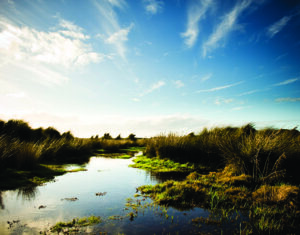
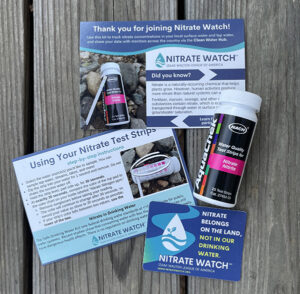 Your kit will include a bottle containing 25 nitrate test strips which you can use to test your water source(s) throughout the year. You’ll also receive postcards explaining how to use your nitrate test strips and how to share your Nitrate Watch results on the Clean Water Hub.
Your kit will include a bottle containing 25 nitrate test strips which you can use to test your water source(s) throughout the year. You’ll also receive postcards explaining how to use your nitrate test strips and how to share your Nitrate Watch results on the Clean Water Hub.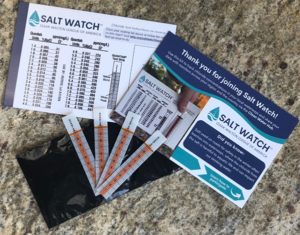 Your kit will include four test strips so you can test your waterway throughout the season. You’ll also receive a chart to help you interpret your results and a postcard with instructions for completing a Salt Watch test and reporting your findings.
Your kit will include four test strips so you can test your waterway throughout the season. You’ll also receive a chart to help you interpret your results and a postcard with instructions for completing a Salt Watch test and reporting your findings.